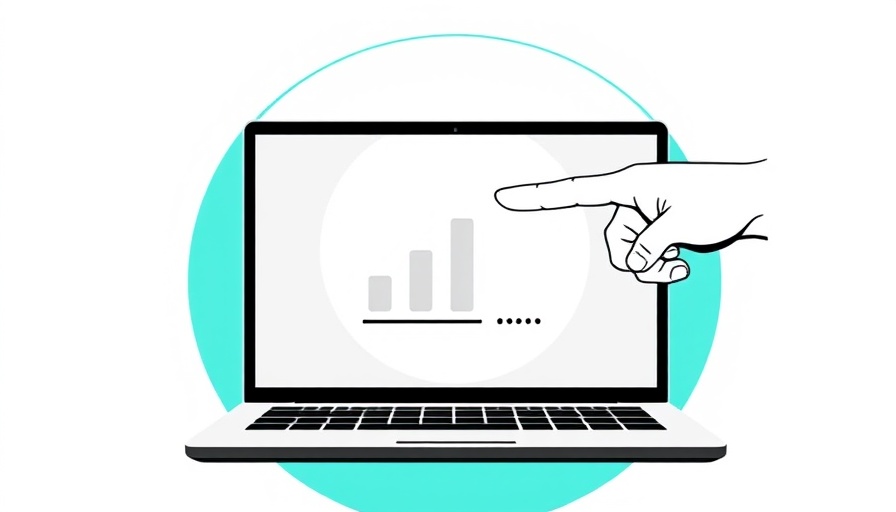
Understanding the Rise in AI Overviews
The digital landscape is changing rapidly, as highlighted by a recent Google CTR study conducted by Advanced Web Ranking (AWR). The research indicates a notable increase in AI Overviews (AIOs) within search results, reaching 42.51% in Q4 of last year. With this rise, clickthrough rates (CTR) for organic listings have plummeted, particularly for informational content. This trend raises crucial questions regarding the future of SEO and content marketing strategies.
The Impact on Clickthrough Rates
As much as SEO experts have relied on traditional metrics, the current data suggests a paradigm shift. Informational queries, which previously drove substantial traffic, now see less engagement. For instance, desktop searches for questions like 'what,' 'when,' and 'how' experienced a combined CTR decrease of 7.31 percentage points in top positions. Dan Popa, the study's author, emphasizes that this surge in AI-generated summaries is significantly reshaping click engagement patterns.
Industry-Specific Trends
The study reveals an intriguing detail: the success of SEO is becoming increasingly contingent on the industry. For example, while law and politics sites reported a 38.45% CTR for the top position, science websites lagged considerably, registering only 19.06%. The disparity in performance presents a compelling case for businesses to consider industry-specific strategies in their digital marketing efforts.
Mobile vs. Desktop Clickthrough Trends
One of the striking patterns noted in the study is the contrasting behavior between mobile and desktop users. While desktop CTRs for informational queries have significantly declined, the mobile landscape is experiencing growth, with an increase of 1.81 percentage points for top-ranked sites. This duality indicates that marketers must tailor their SEO strategies based on device-specific user behavior.
The Future of SEO and Content Strategy
As AI Overviews continue to evolve, businesses must adapt their digital marketing strategies. Tracking user behavior, understanding query intent, and developing content that stands out amidst AI-generated information will become paramount. Marketers should focus on content that provides unique value and engages users, which may include richer multimedia elements or more in-depth analyses.
Preparing for the AI-Driven Landscape
To navigate this new environment, businesses should consider implementing the following strategies: prioritize high-quality, original content; enhance user experience across web platforms; and continuously analyze performance metrics through tools like Google Analytics. By remaining agile and responsive to trends in AI and user engagement, professionals can bolster their visibility in an increasingly competitive marketplace.
The Importance of Monitoring Industry Trends
As the digital marketing ecosystem evolves, it is critical for marketers to stay informed about industry trends. The AWR study highlights that understanding the connection between search demand and CTR can lead to more effective strategies. By addressing the specific needs and behaviors of their target audience, businesses can effectively position themselves for success in the future.
As the landscape of digital marketing continues to shift under the influence of AI, it’s essential for professionals and business owners alike to stay updated and adaptable. Tune into these trends and explore how you can refine your SEO practices to improve overall click-through performance and capitalize on new opportunities as they arise.
 Add Row
Add Row  Add
Add 




Write A Comment